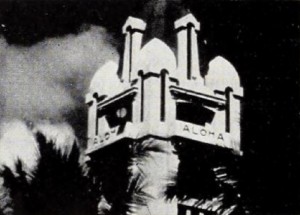
"This picture, we predict, will be both widely acclaimed and widely criticized for, in each case, that quality which people call "professional." If this prediction proves true, then the producer's purpose in making Invitation to Hawaii will have been conclusively achieved. For of the film Harold L. Thompson has written us at ACL as follows: "I made the picture largely as an experiment to see whether an amateur with sufficient enthusiasm could produce a 16mm. documentary which approached professional standards." The impression here is that on the case book of this experiment Dr. Thompson may now write: "Q.E.D." For Invitation to Hawaii has in every foot of it the polish and pace which one associates with professional standards. It was clearly planned, ably photographed and concisely edited. All in all, a brilliant piece of work." Movie Makers, Dec. 1951, 410.
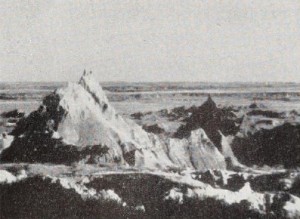
"Films about national parks and monuments fall into the traps of banality with greater ease than almost any other variety of footage. It was. therefore, with great delight that the judges reviewed Timothy and Delores Lawler's Isle of the Dead. For, using the famed Boecklin painting and the equally known Rachmaninoff music as theme and atmosphere, the Lawlers have produced a cinematic tone poem from the materials offered by Yellowstone and the Badlands. Their efforts completely dominate both music and painting, which become effective substrata of the esthetic whole. The film's great virtue and its slight defects spring from the same source — the single mood that the Lawlers have worked for and have achieved." Movie Makers, Dec. 1950, 464-465.
"Isle of the Gods is a visit to the Island of Bali and a closeup look at the people, their beliefs, their superstitions, and their way of life. Bali is changing. No longer is this a primitive isle, for the constant encroachment of civilization has made its mark here as well as elsewhere in the South Seas" PSA Journal, Aug. 1967, 37.
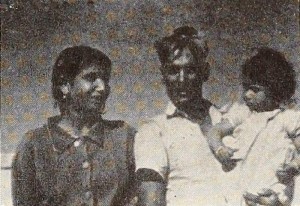
"Oscar H. Horovitz, you may recall, already has told in words (see Israel Invites, March Movie Makers) about his month-long visit of last year to this newest of the world's democracies. In The Israeli Story, with all personal references excised, he now sets forth film a record of this hard-won republic he found it. Covered, in step-by-step reporting, are its polyethnic citizens, its social, economic and educational centers, and, briefly, its hopes for the future. Supplementing this visual reportage there is a technically excellent magnetic recording on film, in which music is used sparingly and the narrative is both written and delivered with restraint. As such, The Israeli Story is a competent documentary record which should serve (and, in fact, has served) the public relations program of the new Jewish state effectively. An objective observer of the film, however, draws from it little if any of the emotional uplift which is eagerly hoped for by every sympathetic viewer." Movie Makers, Dec. 1952, 341.
"It started at a game of bridge when one of the ladies observed a charm bracelet worn by the hostess and asked her to tell them about it. The charms were acquired in the several cities visited in Holland, Norway, and Sweden. Rotterdam, Sweden, Copenhagen, Stockholm, and Stalheim in the mountains, the Yosemite of Norway. They visited the modern and the old parts of the cities, the waterfront, historic places, fish market, shop windows, amusement areas, countryside and rural settlements and villages. They explored the facilities of surface transportation. The narrator's voice adds a delightful touch to this travelog" PSA Journal, Oct. 1962, 35
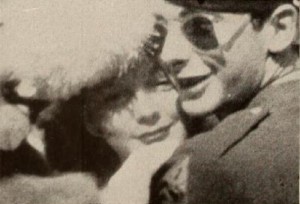
"An eye for topical touches and a persistence that would shame the most aggressive news cameraman are responsible for Terry Manos's success in recording the V-E Day activities in New York City. Without the aid of a telephoto lens and balked at every turn by finicking guards, Mr. Manos's camera nevertheless caught the full flavor of the celebration in Times Square as well as some amazingly sharp studies of the personalities who participated in the program at Central Park. For ignoring the theoretical limitations often ascribed to the 8mm. camera and producing a well knit movie of a great historical event, praise is due to an enterprising amateur." Movie Makers, Dec. 1946, 488.
"Italian Diary takes us to Italy where we see many of the old familiar places but lots of little seen nooks and crannies as well. A young girl narrator gives life and effervescence to the film which otherwise could well be just another travelog. Harshbarger has tied the sequences together with a travel album, showing us color photos on the pages of the album which then come alive on the screen. The film also received the MPD Travel Film Award, judged as being the best travelog of well over a dozen that dotted this year's contest, six of which were among the top ten and the honorable mentions" PSA Journal, Sept. 1964, 50.
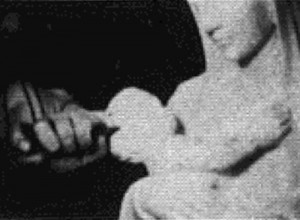
"The film opens in Florence, Italy, with the statue of David by Michelangelo, in marble. Then we quickly move to the quarry to observe the processes of opening a crack, part of the process of shearing off a piece from the huge mountain of marble. Later we see the cutting and slicing into useful slabs and polishing. Also, we visit a studio where, among other works, a large block of marble is being carved into a statue of Abraham Lincoln for the city of Boston. The commentary on tape is well done. This will be included in the Package" PSA Journal, Oct. 1962, 33.
"Stephen F. Voorhees's 400 ft. travel film of Italian architectural scenes deserves placement in this list because it combines three factors but rarely brought together in pictures of this type. First, the photography is extraordinarily good, not only with reference to the routine requirements of exposure and focus but because it is artistic throughout and the composition never descends to the casual or the "snap shot" level. Second, Mr. Voorhees's film has a natural and easy continuity, jogging amiably through Venice and its environs, much as a traveler might do himself, pausing for a bit of incidental human interest and catching a scene that the filmer felt was unusual but presenting it without any preliminary flourishes, as one friend who might have said to another in the course of a stroll, "Don't miss that, by the way," pointing to something seen on the way. Last of the three things, so unusual to find combined, is a professional study, made by the filmer, himself a great architect, preserving those details which he wished to bring from northern Italy for later possible use. The great Colleoni statue is studied from many angles. Details of tiles and other wall ornamentations are offered and buildings are presented from one viewpoint after another. Yet all of this is done unpedantically and the nonprofessional audience is not aware that this subtle architectural record is more than a delightful travel film." Movie Makers, Dec. 1931, 658.

"Jamie which won the PSA-MPD Gold Medal for the best film in the Festival, the MPD Scenario Film Award, and the MPD Golden Scissors Award (for the best film editing) is an 18-minute black-and-white 16mm film with sound on magnetic stripe. It is a Civil War drama of a young Union bugler's act of kindness toward a wounded Confederate and the tragic consequences. Approximately 1500 feet of film were exposed, this being boiled down to the final 630 feet. Klobukowski spent a year on the picture, from its original concept through the writing, scripting, obtaining uniforms, shooting, editing, and finally adding the sound. The latter is all original, the music being especially composed for the film by Paul Bentzen and played by students and staff of Wisconsin State University at Stevens Point. Location areas were wooded sections around Stevens Point, Custer, and West Best, Wisconsin. Participants in the battle scenes were members of the North-South Skirmish Association, and the costumes were either originals or exact replicas furnished by members of that organization" PSA Journal, Sept. 1966, 34.
Total Pages: 37